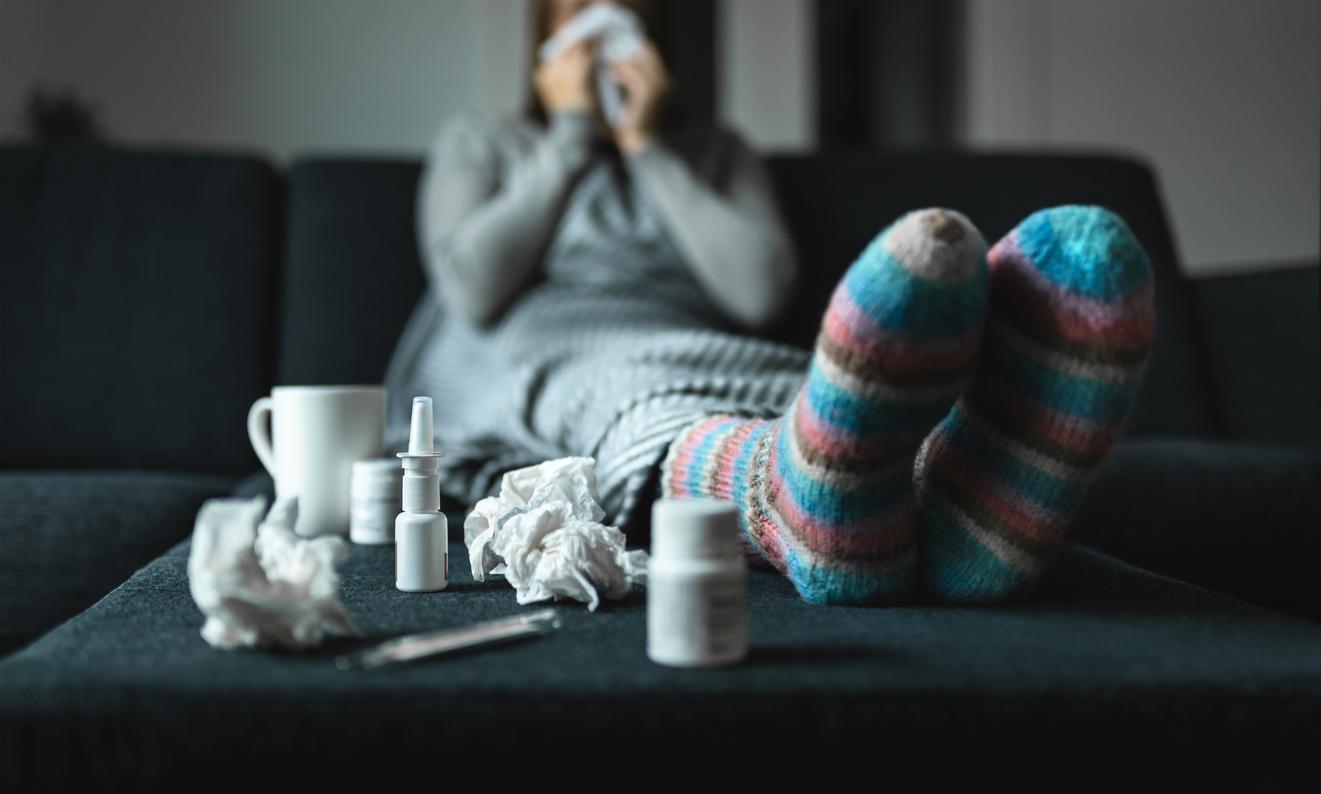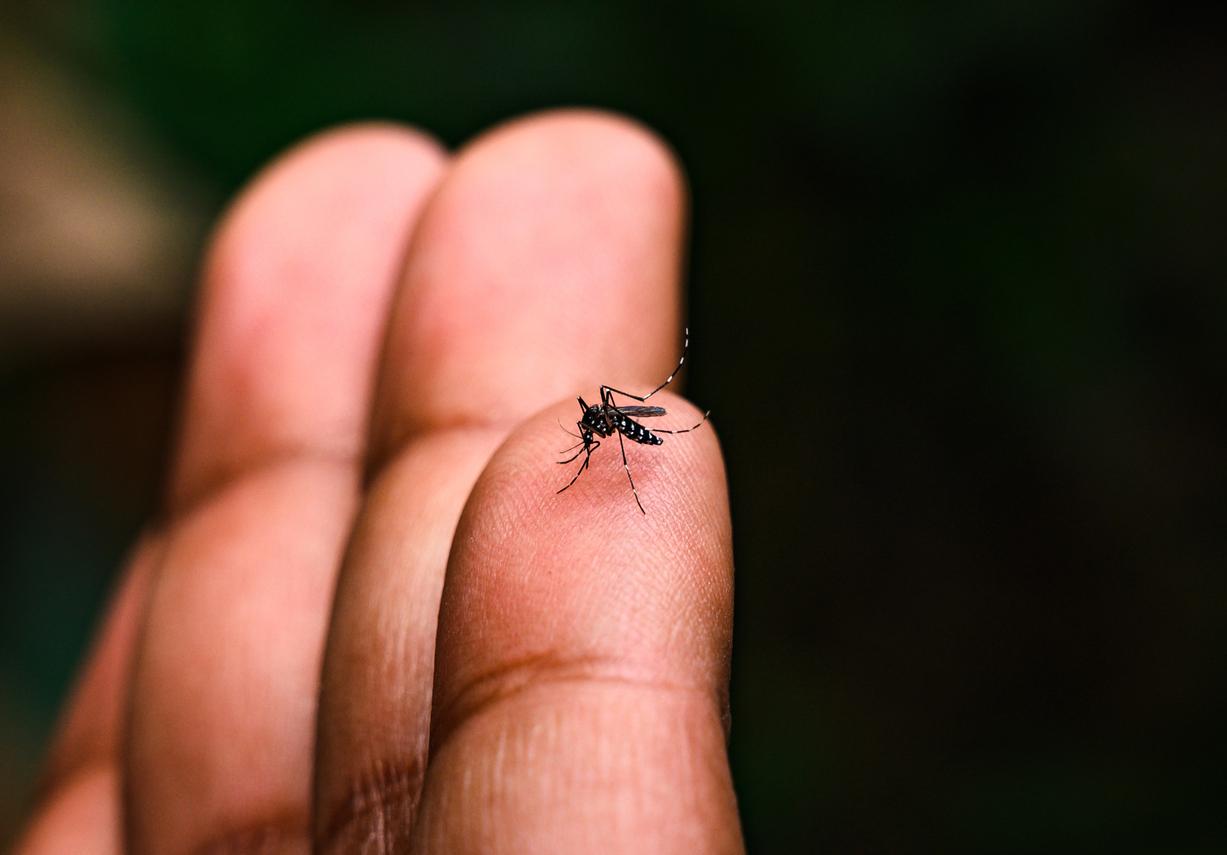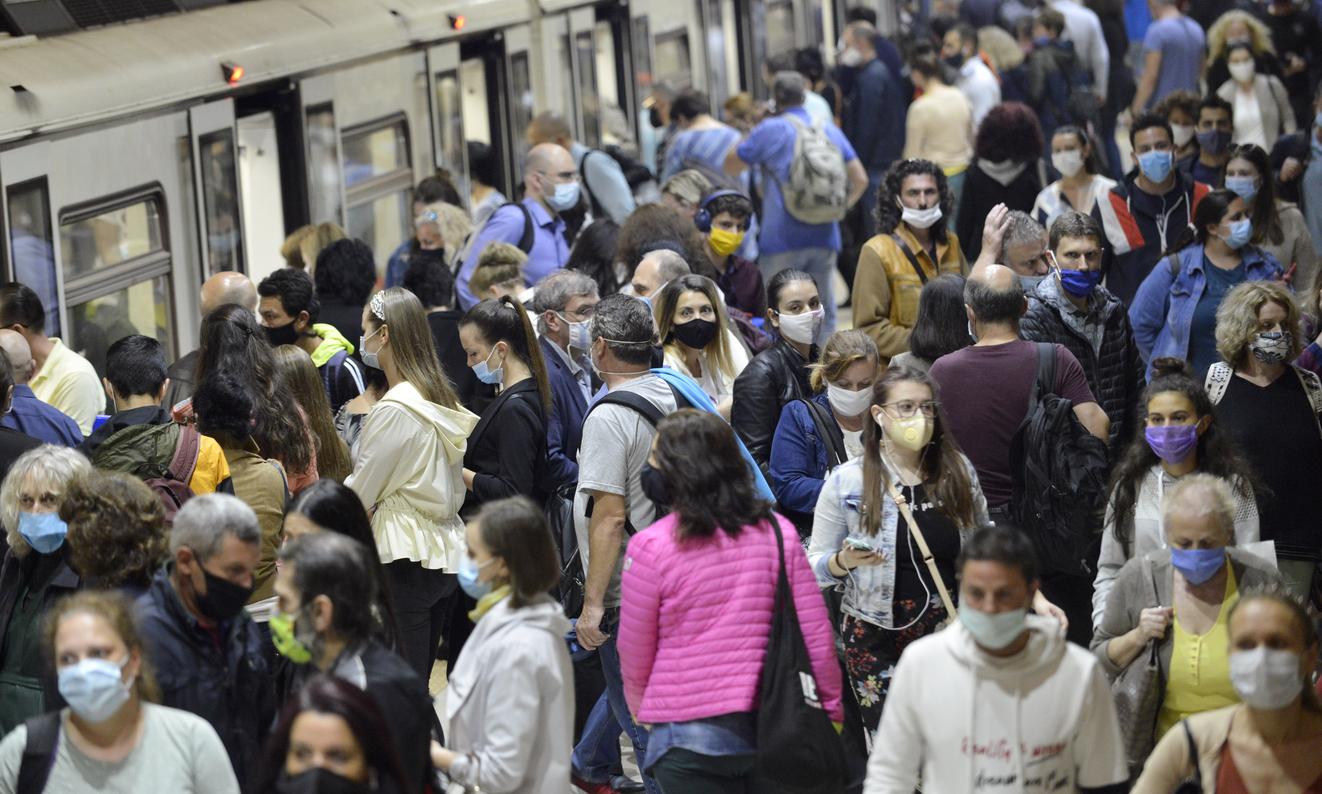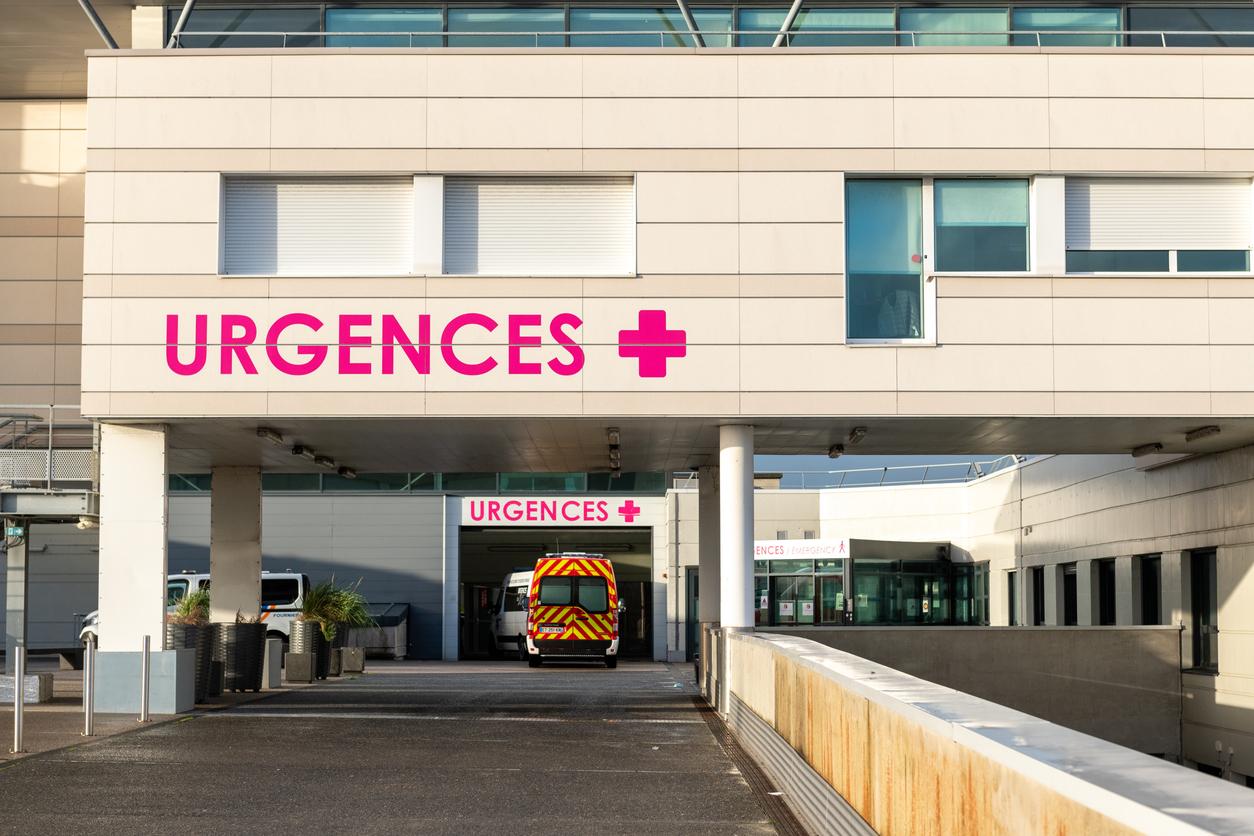“We are regaining control of the epidemic (…) The virus is starting to circulate less. For ten consecutive days, the number of new diagnoses of Covid-19 has been decreasing, the test positivity rate and the incidence rate have been falling Everything leads us to believe that we have passed an epidemic peak“, underlines Olivier Véran, in an interview published this Monday, November 16 in several regional dailies, including Le Dauphiné Libéré or Latest News from Alsace.
the epidemic peak announced for this beginning of the week by Jean Castex, during the last weekly update, even seems to have taken place last Friday, according to the Minister of Health, who specifies that we observed “the high point of hospital admissions with 4,900 Covid patients in intensive carei.e. two thirds of the level reached in intensive care during the first wave”.
If he is optimistic, Olivier Véran remains cautious: “We have not yet beaten the virus. It is too early to relax our efforts”he points out.
Falling incidence rate
This is the number of people infected per 100,000 inhabitants. It has been falling since October 29, even if a computer failure would have prevented Public Health France for several days from recovering all the results of the PCR tests.
According to the latest weekly report from Public Health France: the national incidence rate was 427.6 cases/100,000 inhabitants in week 45 (early November), down from the consolidated rate for the previous week (496.7 cases /100,000 inhab., -14%).
Test positivity rate below 17%
The national weekly test positivity rate marked a clear inflection, going from 21% for the last week of October, to 19.5% for the first week of November.
Sunday, November 15, the positivity rate fell below 17%.
Effective R below 1
It is currently estimated at 0.81, against 1.17 at the beginning of November and 1.48 on 22 October. This is a sign that the virus is circulating less. The drop in R is also observed in all regions. Remember that as long as the R is greater than 1, the epidemic is growing, when it is less than 1, it is regressing. The end of the first confinement was associated with an R of about 0.7.
Hospitalizations and intensive care admissions decrease
This is the most reliable indicator: monitoring hospitalizations and new intensive care admissions. Since the second week of November, the curves seem to be progressing a little more slowly, or even leveling off, a sign of a slowdown in hospitalizations. If the trend continues, the occupancy rate curve should reverse this week.
This Sunday, Public Health France reported 4,880 patients in intensive care, therefore in serious condition, against 4,855 on Saturday and 4,887 on Friday. In 24 hours, 270 people entered intensive care (compared to 327 the day before and 473 the day before), the lowest figure since October 25.
If the slope continues to decrease, it would be well below the 9,000 hospitalizations announced by Emmanuel Macron at the end of October. “Whatever we do, 9,000 patients will be in intensive care by mid-November”he said, before detailing the measures taken by the government.
Still regional disparities
The problem is that the picture is still unequal depending on the region. Thus, in Île-de-France, the director general of the AP-HP (Assistance publique – Hôpitaux de Paris) Martin Hirsch indicated, at the microphone of France Inter, from the beginning of November, to note a reduction in the number of daily admissions . “We saw an average of around 110 intensive care entries per day and around 500 hospitalization entries. Over the past three or four days, we see more like around 80 entries per day (in intensive care), and rather 400 entries into hospitalization per day.
In Auvergne-Rhône-Alpes, on the other hand, the incidence rate is twice the national incidence and where 800 patients are currently admitted to the public hospital, distributed in all departments. The Minister of Health is traveling to Lyon this Monday, November 16, to attend the transfer of several patients from the region to other regions less overwhelmed by the coronavirus. “The Auvergne-Rhône-Alpes region, particularly affected by the renewed epidemic, is the region which has had the most recourse to medical evacuations, with more than 100 transfers organized” says the Ministry of Health.
Maintaining decline, anticipating
If the inflection seems to be confirmed, it is still too early to identify the reason. Is it related to containment? At local curfews? During the school holidays of All Saints?
Be that as it may, the objective is now to maintain the decrease in indicators over time and to organize the next deconfinement. The ability of the French not to break barrier gestures and to maintain social distancing is crucial.
“If we stay on this trajectory of decreasing the epidemic, on December 1, we could be led to lighten certain measures, without completely lifting the containment. Everything will depend on the dynamics of the epidemic and compliance with containment”, warns Olivier Véran this Monday.
Saturday, in a newspaper interview The worldJean Castex announced that the government is working on a strategy against Covid-19which should be presented at the end of November, for “living with the virus over the long term”.
Read also:
- What is a contact case?
- Covid-19: how long are you contagious?
- Vaccines: where are the laboratories?















